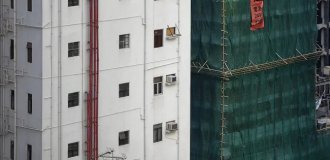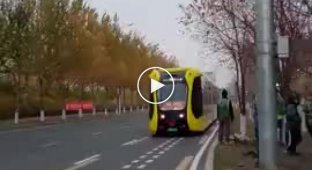Men and women travel separately on public transport in Pakistan, did you know about this? (5 photos)
Imagine: you enter a subway car or a bus automatically, and immediately there is a cry of indignation, you are clearly shown with your hands "get out", and if you do not immediately get back out, the driver or the tram conductor will escort you out. 
This is not some kind of fantasy, but an absolute reality, if you entered a subway car or a bus in Pakistan, just in the wrong place or through the wrong doors.
And ended up in a women's car or the women's half of the bus.
It so happens that in this country, there are clearly defined zones for men and women in public transport. And it is forbidden for one to be on the territory of the other (with one exception). 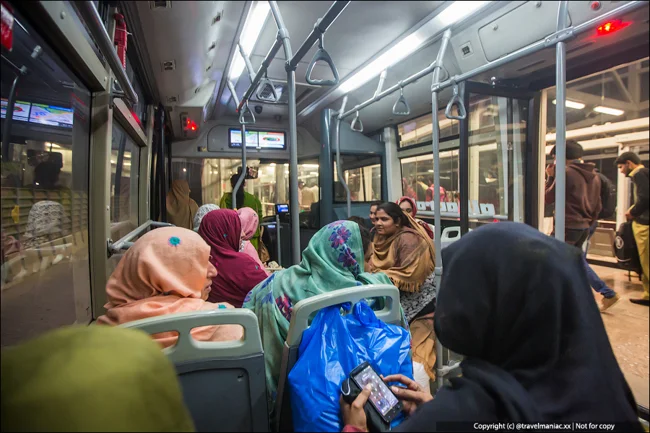
Historical Context and Cultural Roots
Separation of men and women in public places, including transport, in Pakistan is based on the concept of "parda", which means "curtain" or "screen" in Urdu. This concept, which comes from Islamic culture, implies separation of the sexes in public and private spaces in order to preserve moral and religious norms.
In a society where family and social norms play a key role, the idea of protecting women from unwanted attention and preserving their honor is deeply rooted. Segregated zones in public transport are not just a practical solution, but also a reflection of these norms. 
Everyday life in segregated zones
For many women in Pakistan, segregated zones in public transport have become a normal part of everyday life. These zones are present on buses, trains, and even in some metro stations. On buses, for example, the front seats are usually reserved for women, and the back for men. This distribution is often maintained by the passengers themselves, who follow social expectations and norms.
Farida, a young student from Lahore, talks about her daily commute on the university bus. She says that having a separate space for women gives her a sense of security, especially during rush hour when the bus is crowded. “I don’t have to worry about anyone accidentally or intentionally touching me. I can sit and mind my own business,” Farida says.
However, despite these positive aspects, this practice has its drawbacks. Many women have to face a lack of space in the designated areas, especially during rush hour when buses and trains are overcrowded. Sometimes, women are forced to stand in cramped aisles because their area is full, while there are still empty seats in the men’s section. 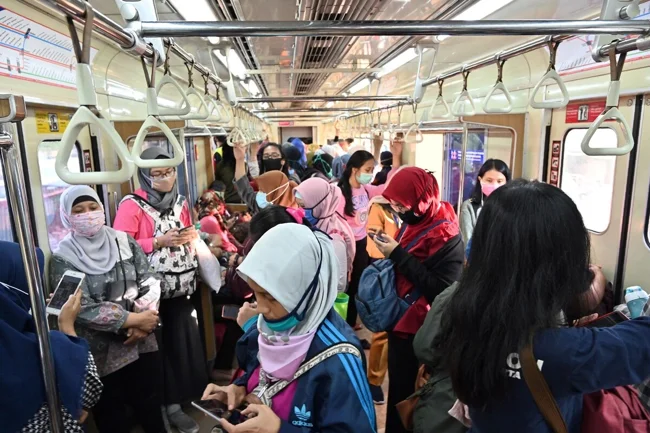
Segregated zones in transport have caused mixed reactions in Pakistani society. On the one hand, they are seen as a way to protect women from harassment and create comfortable conditions for them. On the other hand, critics see it as a manifestation of gender inequality and an attempt to isolate women, depriving them of the right to equal access to public services.
Some activists and human rights organizations point out that segregation of the sexes does not solve the problem of harassment, but only exacerbates it, postponing its solution for the future. In their opinion, instead of separating men and women, the focus should be on cultivating respectful attitudes and strict enforcement of laws against harassment. 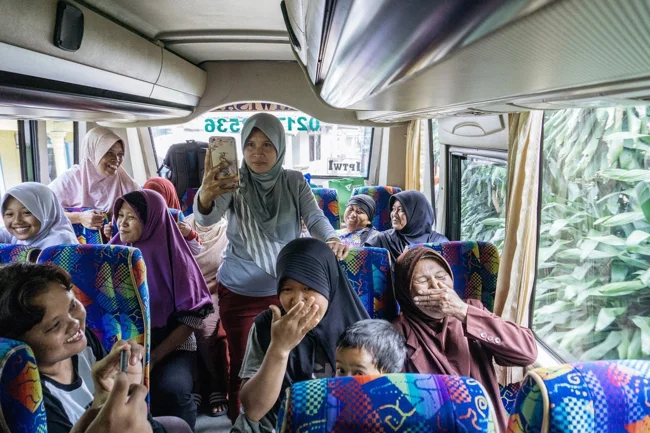
Segregated zones in public transport are now undergoing a change. In Karachi and Islamabad, “women’s buses” have been introduced, designed exclusively for women. This allows them to feel more comfortable and safe, avoiding possible conflicts or awkward situations.
At the same time, new services such as taxis driven by women for women are emerging as part of city initiatives aimed at improving public transport. These initiatives not only offer a safer and more comfortable way to travel, but also open up new employment opportunities for women in the traditionally male-dominated transport sector.
In the context of growing urbanization and changes in public consciousness, separate zones in transport are also beginning to undergo transformations. The younger generation, especially in large cities, is increasingly raising the issue of the need for such zones, considering them an outdated attribute that does not correspond to the spirit of the times. In turn, representatives of older generations and traditionalists continue to defend the importance of these zones as an integral part of cultural heritage and social structure.


